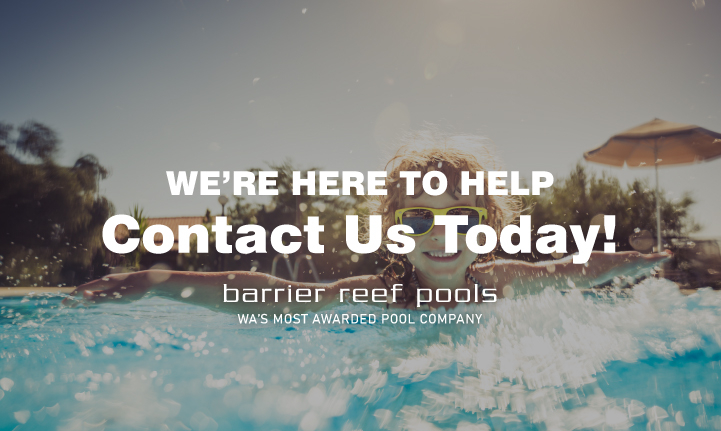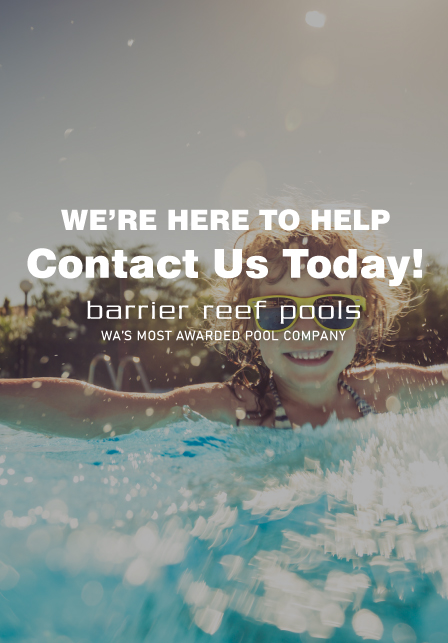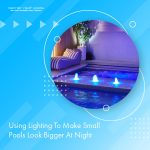Chlorine is one of the most essential chemicals for maintaining the health and safety of a swimming pool. However, it can also add to the overall pool maintenance costs. Some homeowners tend to cut back on using chlorine to keep the expenses in check, but that's something we recommend against. Instead, you can read this article to know a few great ways to reduce pool chlorine costs without compromising pool health and safety. So, without any further delay, let's get right into it!
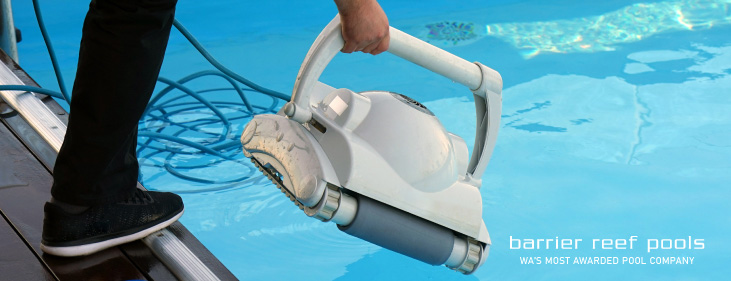
1. Invest in stabilised chlorine
There are numerous chlorine products available in the market, and it’s easy to pick up one of them without going through the label first. It’s important for you to know that there are many products that contain less than 90% chlorine. Why does that matter? Well, think about it – if you’re buying products with low chlorine concentrations, wouldn’t you have to use more of them to maintain the required chlorine levels?
So, instead of picking up the first chlorine product that catches your eye at your nearest pool centre, read the label. Always buy products with chlorine concentration well above 90%. For outdoor swimming pools, stabilised chlorine products are ideal, as they contain a chemical known as cyanuric acid, which prevents solar UV rays from destroying chlorine content. If you use a chlorine product without cyanuric acid, be warned – your pool’s chlorine levels may go down drastically, especially on sunny days.
Of course, it boils down to your preferences whether you want to use stabilised chlorine. If you do decide to purchase a chlorine product without cyanuric acid, invest in a water conditioner as well. Typically, stabilised chlorine products are more expensive than those without cyanuric acid, but they’re more effective at what they’re supposed to do.
2. Check for irregularities in your pool water as regularly as possible
You can make use of test strips and/or kits to check the chemical levels in your pool water. Ideally, homeowners should be doing this regularly – daily is recommended, but weekly works as well. Quite simply, the more frequently you check your pool water chemistry, the quicker you’ll be able to identify irregularities.
Remember, an unbalanced pool water chemistry can wreak havoc on the chlorine content in your pool. So, test regularly and make sure that the chemical levels are exactly what they should be.

Some of the things you need to look out for on the pool water chemistry front include:
- Total alkalinity, which should be in the range of 80 – 120 parts per million or ppm
- pH, which should be in the range of 7.4 – 7.6
- Calcium hardness, which should be in the range of 150 – 400 ppm
- Cyanuric acid, which should be in the range of 80 – 120 ppm
3. Remove organic pollutants and contaminants from pool water
As you keep using your swimming pool, a variety of organic pollutants and contaminants can build up within the pool water. Common examples of these pollutants and contaminants include sweat, traces of cosmetic products, body oils, sunscreen lotions, and pollen. Over time, when the levels of these contaminants become excessively high, they can seriously damage the sanitation system of your swimming pool.
You should know that chlorine doesn’t fare too well when pitted against organic pollutants. However, on the other hand, organic pollutants can have an adverse impact on your pool’s chlorine content. That’s where enzyme-based products come in and play a helpful role.
Enzyme-based products can remove organic pollutants with ease. What’s more? They typically contain phosphate removers, which are helpful for preventing algae growth in the long run. These products are known for breaking down organic pollutants into carbon dioxide elements and water.
4. Make the most of alternative sanitisers
Investing in a mineral purification system can help you reduce chlorine costs even though you’d be required to shell out some money to have the system installed. A mineral purification system removes organic pollutants and sanitises pool water through the use of silver and/or copper.
With the addition of silver and copper, the chlorine requirements of your pool will reduce by at least 0.5 ppm. Mineral purification systems operate on cartridges, which need to be replaced every 6 months. So, the high upfront cost you’d have to pay for such a system would definitely turn out to be a money saver in the long run.
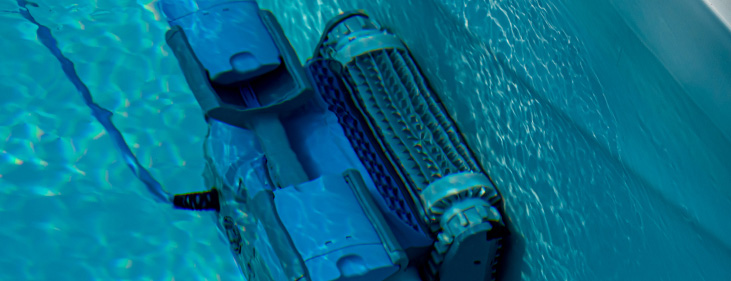
5. Filter your pool water
Pool water filtration can also play a big part in reducing overall chlorine requirements and expenses. Circulation is also important, and we recommend taking the following steps to ensure proper circulation and filtration of your pool water:
- Invest in a vacuum system or an automatic pool cleaning system for filtering out both organic and inorganic contaminants and pollutants.
- Get your pool filter cleaned regularly and operate it every day (at least 8 hours per day).
- For filtering fine particles, invest in a water clarifier.
- Check your pool filter reading regularly. If the reading is more than ~30 psi, you should backwash the filter. We also recommend filter backwashing after you vacuum your pool.
- For improving circulation, adjust the suction valves. This should result in water being drawn from every area of the pool water.
- Make a habit of cleaning the pumping baskets and the skimmer.
- Ensure regular vacuuming and brushing of the pool.
Conclusion
So, that’s about it for this article. We hope that it provided you with helpful information on saving chlorine costs and reducing overall chlorine requirements. Of course, you’ll need to put all the things we recommended into action to see results.
Pool maintenance is a tough task, and you’ll have to be proactive about it. If you ignore maintenance issues simply because you don’t want to spend on repairs, you may eventually have to shell out a fortune to get things fixed. So, instead of letting things linger and get to a stage where you can’t reverse them, take action now and sort out your swimming pool’s issues. It’s not just about money either – it’s also about the health and well-being of you and your family.
Chlorine is one of the most essential chemicals for maintaining the health and safety of a swimming pool. However, it can also add to the overall pool maintenance costs. Some homeowners tend to cut back on using chlorine to keep the expenses in check, but that's something we recommend against. Instead, you can read this article to know a few great ways to reduce pool chlorine costs without compromising pool health and safety. So, without any further delay, let's get right into it!
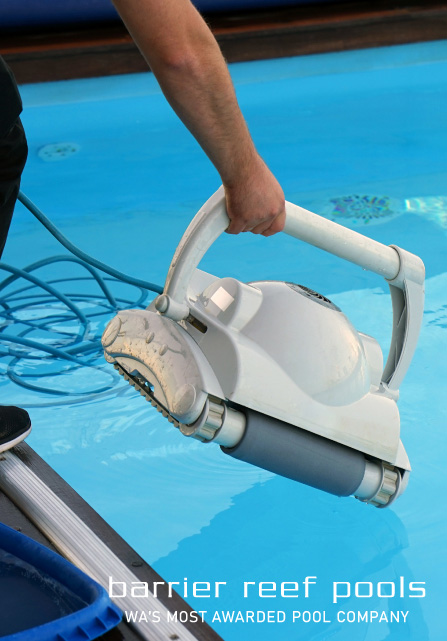
1. Invest in stabilised chlorine
There are numerous chlorine products available in the market, and it’s easy to pick up one of them without going through the label first. It’s important for you to know that there are many products that contain less than 90% chlorine. Why does that matter? Well, think about it – if you’re buying products with low chlorine concentrations, wouldn’t you have to use more of them to maintain the required chlorine levels?
So, instead of picking up the first chlorine product that catches your eye at your nearest pool centre, read the label. Always buy products with chlorine concentration well above 90%. For outdoor swimming pools, stabilised chlorine products are ideal, as they contain a chemical known as cyanuric acid, which prevents solar UV rays from destroying chlorine content. If you use a chlorine product without cyanuric acid, be warned – your pool’s chlorine levels may go down drastically, especially on sunny days.
Of course, it boils down to your preferences whether you want to use stabilised chlorine. If you do decide to purchase a chlorine product without cyanuric acid, invest in a water conditioner as well. Typically, stabilised chlorine products are more expensive than those without cyanuric acid, but they’re more effective at what they’re supposed to do.
2. Check for irregularities in your pool water as regularly as possible
You can make use of test strips and/or kits to check the chemical levels in your pool water. Ideally, homeowners should be doing this regularly – daily is recommended, but weekly works as well. Quite simply, the more frequently you check your pool water chemistry, the quicker you’ll be able to identify irregularities.
Remember, an unbalanced pool water chemistry can wreak havoc on the chlorine content in your pool. So, test regularly and make sure that the chemical levels are exactly what they should be.

Some of the things you need to look out for on the pool water chemistry front include:
- Total alkalinity, which should be in the range of 80 – 120 parts per million or ppm
- pH, which should be in the range of 7.4 – 7.6
- Calcium hardness, which should be in the range of 150 – 400 ppm
- Cyanuric acid, which should be in the range of 80 – 120 ppm
3. Remove organic pollutants and contaminants from pool water
As you keep using your swimming pool, a variety of organic pollutants and contaminants can build up within the pool water. Common examples of these pollutants and contaminants include sweat, traces of cosmetic products, body oils, sunscreen lotions, and pollen. Over time, when the levels of these contaminants become excessively high, they can seriously damage the sanitation system of your swimming pool.
You should know that chlorine doesn’t fare too well when pitted against organic pollutants. However, on the other hand, organic pollutants can have an adverse impact on your pool’s chlorine content. That’s where enzyme-based products come in and play a helpful role.
Enzyme-based products can remove organic pollutants with ease. What’s more? They typically contain phosphate removers, which are helpful for preventing algae growth in the long run. These products are known for breaking down organic pollutants into carbon dioxide elements and water.
4. Make the most of alternative sanitisers
Investing in a mineral purification system can help you reduce chlorine costs even though you’d be required to shell out some money to have the system installed. A mineral purification system removes organic pollutants and sanitises pool water through the use of silver and/or copper.
With the addition of silver and copper, the chlorine requirements of your pool will reduce by at least 0.5 ppm. Mineral purification systems operate on cartridges, which need to be replaced every 6 months. So, the high upfront cost you’d have to pay for such a system would definitely turn out to be a money saver in the long run.
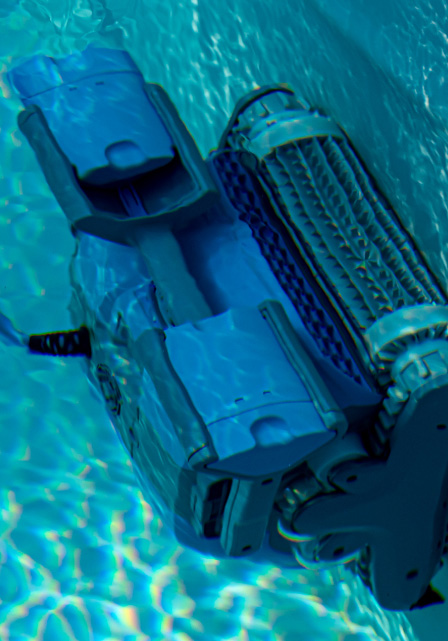
5. Filter your pool water
Pool water filtration can also play a big part in reducing overall chlorine requirements and expenses. Circulation is also important, and we recommend taking the following steps to ensure proper circulation and filtration of your pool water:
- Invest in a vacuum system or an automatic pool cleaning system for filtering out both organic and inorganic contaminants and pollutants.
- Get your pool filter cleaned regularly and operate it every day (at least 8 hours per day).
- For filtering fine particles, invest in a water clarifier.
- Check your pool filter reading regularly. If the reading is more than ~30 psi, you should backwash the filter. We also recommend filter backwashing after you vacuum your pool.
- For improving circulation, adjust the suction valves. This should result in water being drawn from every area of the pool water.
- Make a habit of cleaning the pumping baskets and the skimmer.
- Ensure regular vacuuming and brushing of the pool.
Conclusion
So, that’s about it for this article. We hope that it provided you with helpful information on saving chlorine costs and reducing overall chlorine requirements. Of course, you’ll need to put all the things we recommended into action to see results.
Pool maintenance is a tough task, and you’ll have to be proactive about it. If you ignore maintenance issues simply because you don’t want to spend on repairs, you may eventually have to shell out a fortune to get things fixed. So, instead of letting things linger and get to a stage where you can’t reverse them, take action now and sort out your swimming pool’s issues. It’s not just about money either – it’s also about the health and well-being of you and your family.
